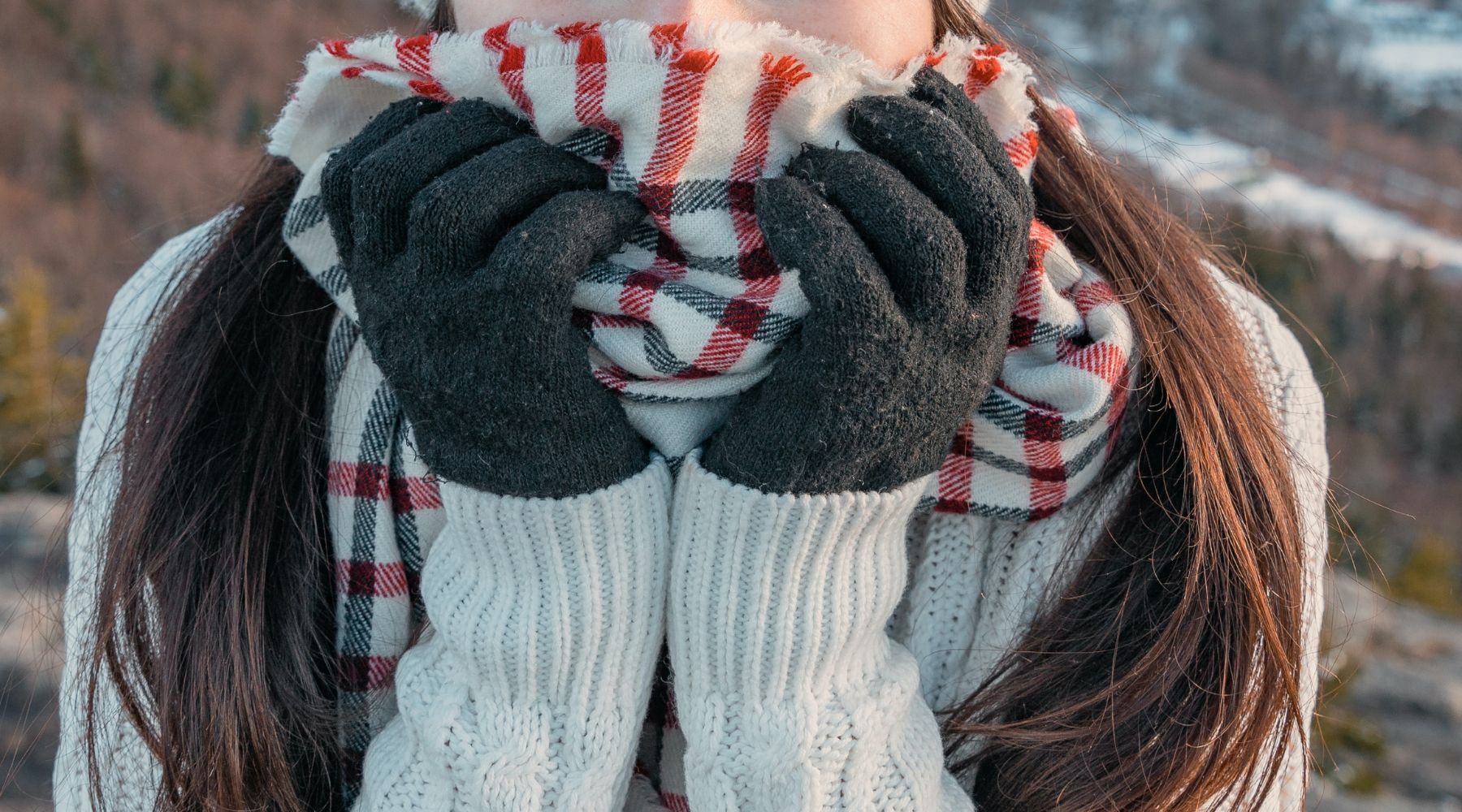Each week, OMRF Vice President of Research Dr. Rod McEver opens “Adam’s Journal” to answer a medical question from Adam Cohen, OMRF’s senior vice president & general counsel.
Adam’s Journal
With the cooling temperatures, I’ve found that when I go for a run, my hands often grow quite cold by the end. The other day, even with gloves, my fingers were so cold and numb that I had trouble unlocking my door. Is this something I need to worry about?
Dr. McEver Prescribes
In cold temperatures, your body conserves heat by drawing blood away from extremities and toward its core. This can leave you with numb hands and feet, but on its own doesn’t indicate a serious problem.
If you notice pain or changed coloration in your fingers — the tips turn white or blue — this could be Raynaud’s syndrome. In this condition, the small arteries that bring blood to your digits constrict in response to the dropping mercury. It can also impact your toes, nose, lips and ears.
There are two kinds of Raynaud’s syndrome. According to the American College of Rheumatology, primary Raynaud’s affects up to 10% of the population, most commonly young women. Although uncomfortable, it has no links to more serious illness and is generally nothing more than an inconvenience.
Certain medications, smoking and underlying health problems, including many of the conditions our researchers and physicians study and treat at the Oklahoma Medical Research Foundation, can cause secondary Raynaud’s. Although rare, secondary Raynaud’s tends to be more severe and may require medication to prevent tissue damage.
If your symptoms match Raynaud’s, talk to your health care provider to rule out a more serious problem. Otherwise, as winter sets in, opt for heavier gloves, mittens or even disposable hand warmers when you lace up your running shoes. Running lukewarm water over your hands when you’re done also helps. And just remember: Spring will be here before you know it.
–
Do you have a health query for Dr. McEver? Email contact@omrf.org and your question may be answered in a future column!




